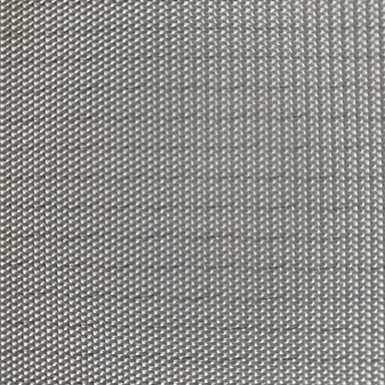Conveyor belts are manufactured from a number of synthetic fabrics. Some of the most common fabrics used in the industry include nylon, polyester, and steel cord. Several other special elastomers are also used to meet specific application needs.
Conveyor belt fabrics can be divided into two primary segments based on the weave structure. The traditional structure of conveyor belt fabrics is a plain weave with many intersections. The weave pattern of the fabric affects the strength and noise behavior of the belt. In addition, the overall structure of the fabric is important to the belt's load-carrying capacity. The fabric's weave pattern also affects the fabric's properties, such as stiffness, stretch, and noise behavior.
Conveyor belt fabrics are typically made from multifilament yarn. Multifilament yarns are more flexible than monofilament yarns and they have higher tensile strength. They also allow the fabric to be routed over small pulleys. In addition, multifilament yarns also allow the fabric to be flexible in all directions.
In addition, woven belt yarns have exceptional impact and tear resistance. Woven belt yarns also have good fastener holding ability. Conveyor belt fabrics are also specially treated to ensure that they have low elongation and good adhesion to rubber.


Product Features:
It has the functions of waterproof and mildew resistance, and has the characteristics of light material, high tensile strength, acid and alkali resistance, high temperature resistance, convenient washing and folding, etc., so it can be used to store moisture-prone and rotten items.
Product Usage:
Widely used in automatic mechanical conveying of conventional manufacturing enterprises.
.png?imageView2/2/format/jp2)
 English
English 中文简体
中文简体















